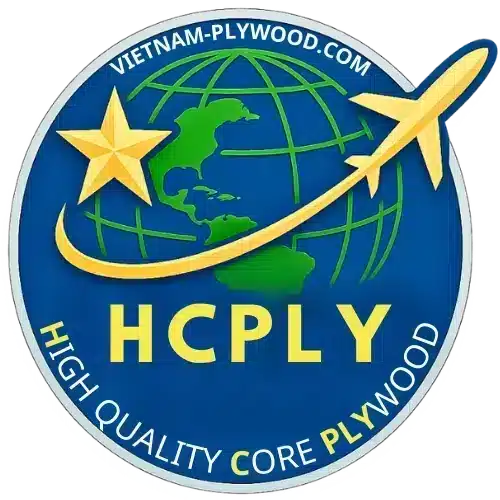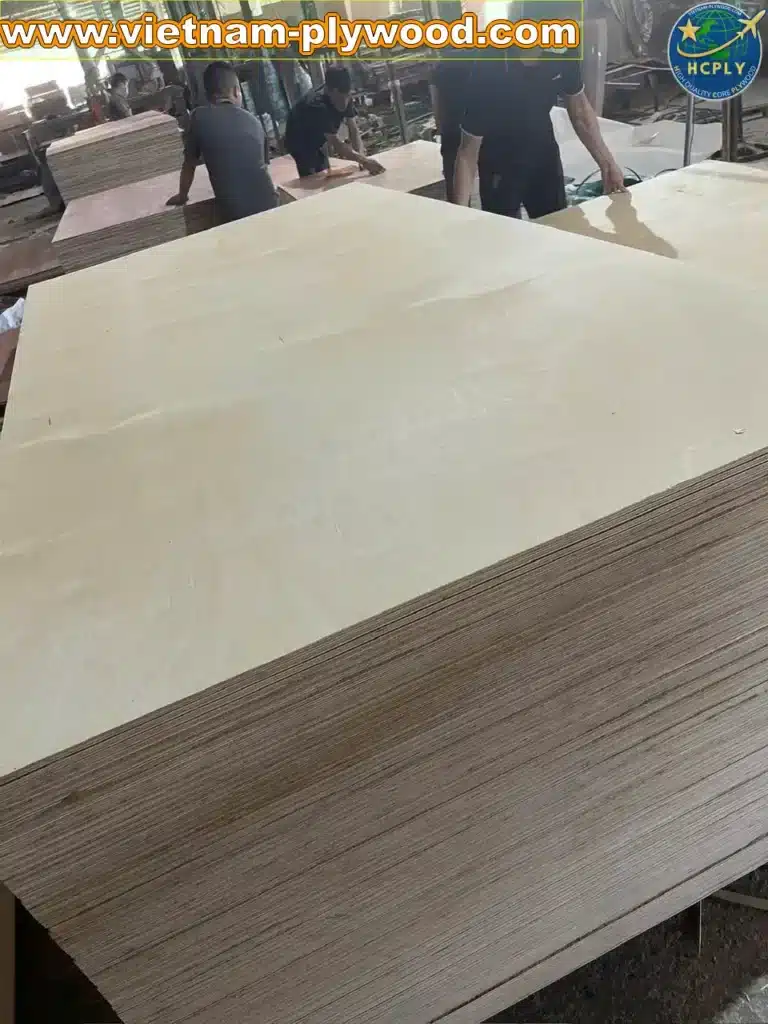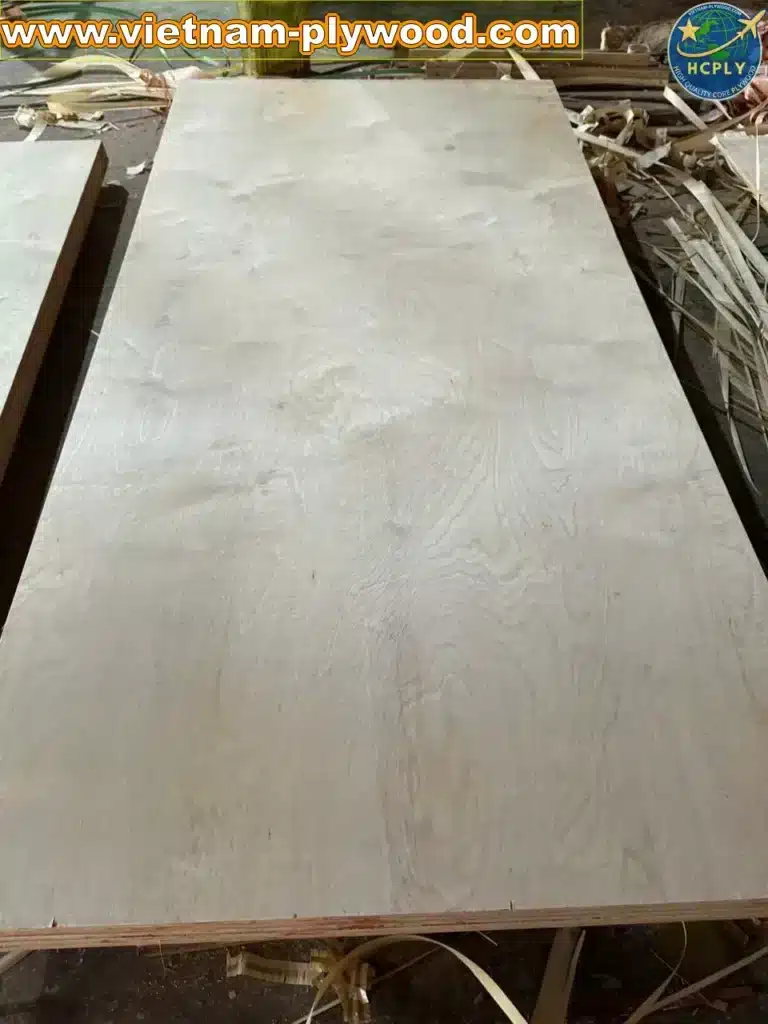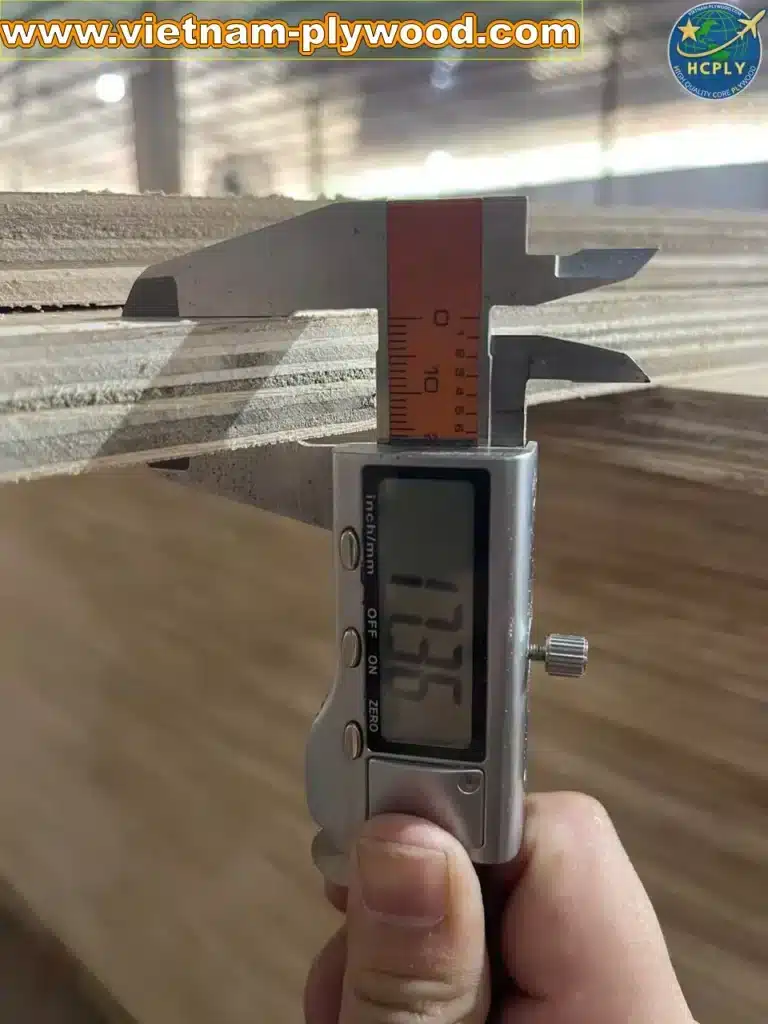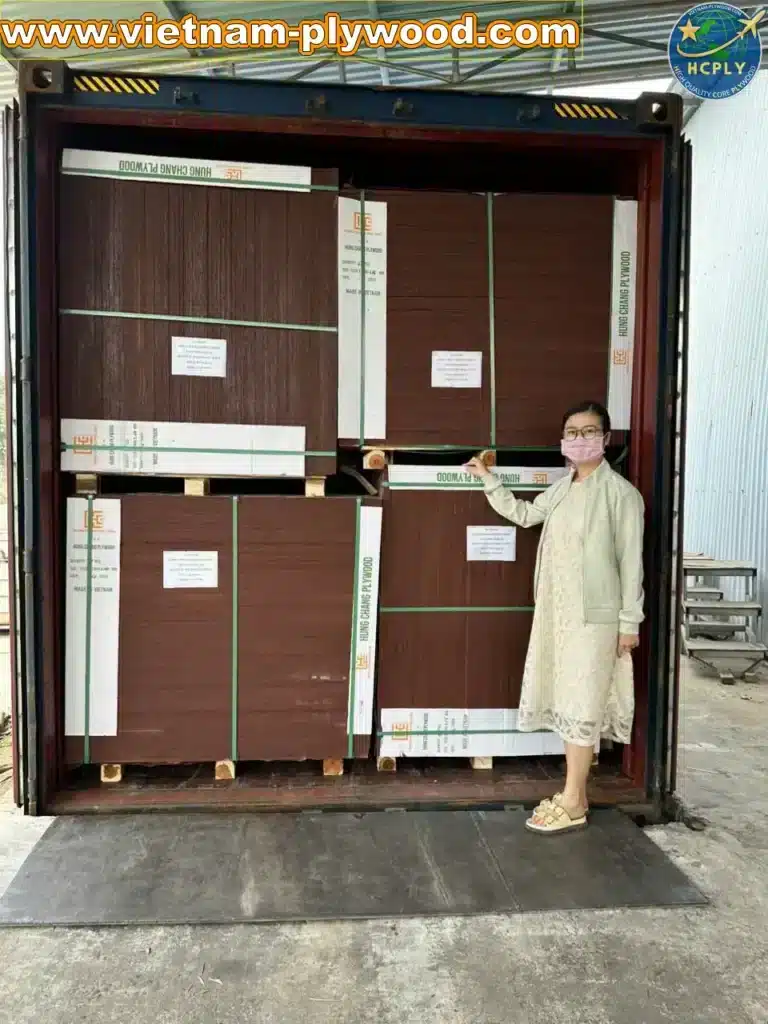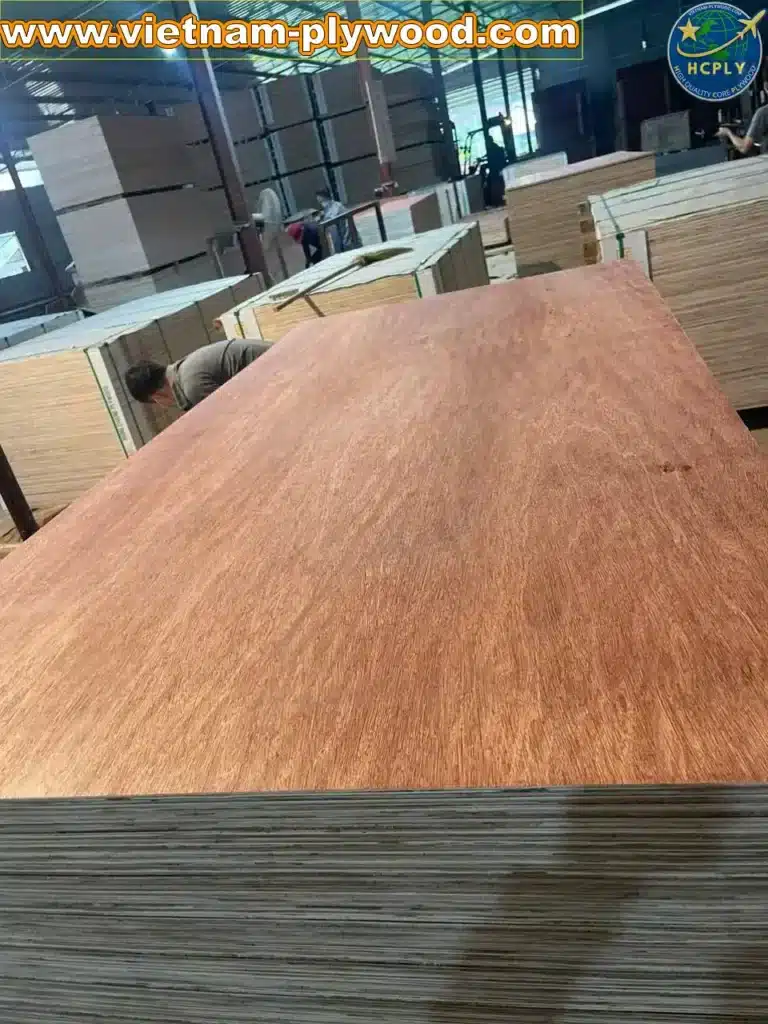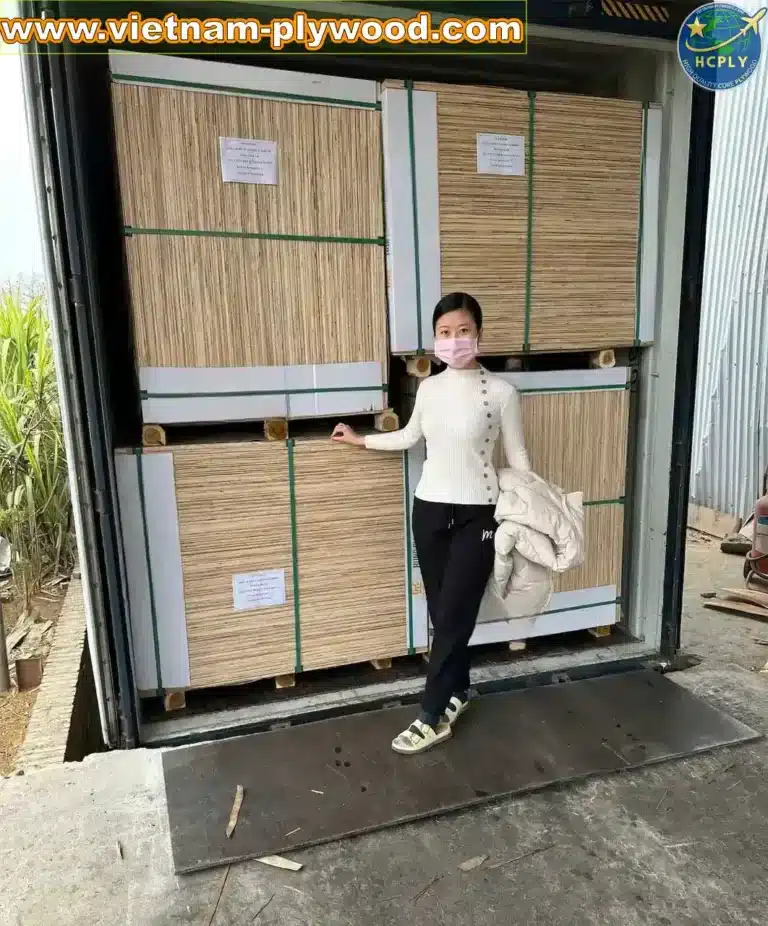Melamine vs Phenolic Glue – Best for Furniture?
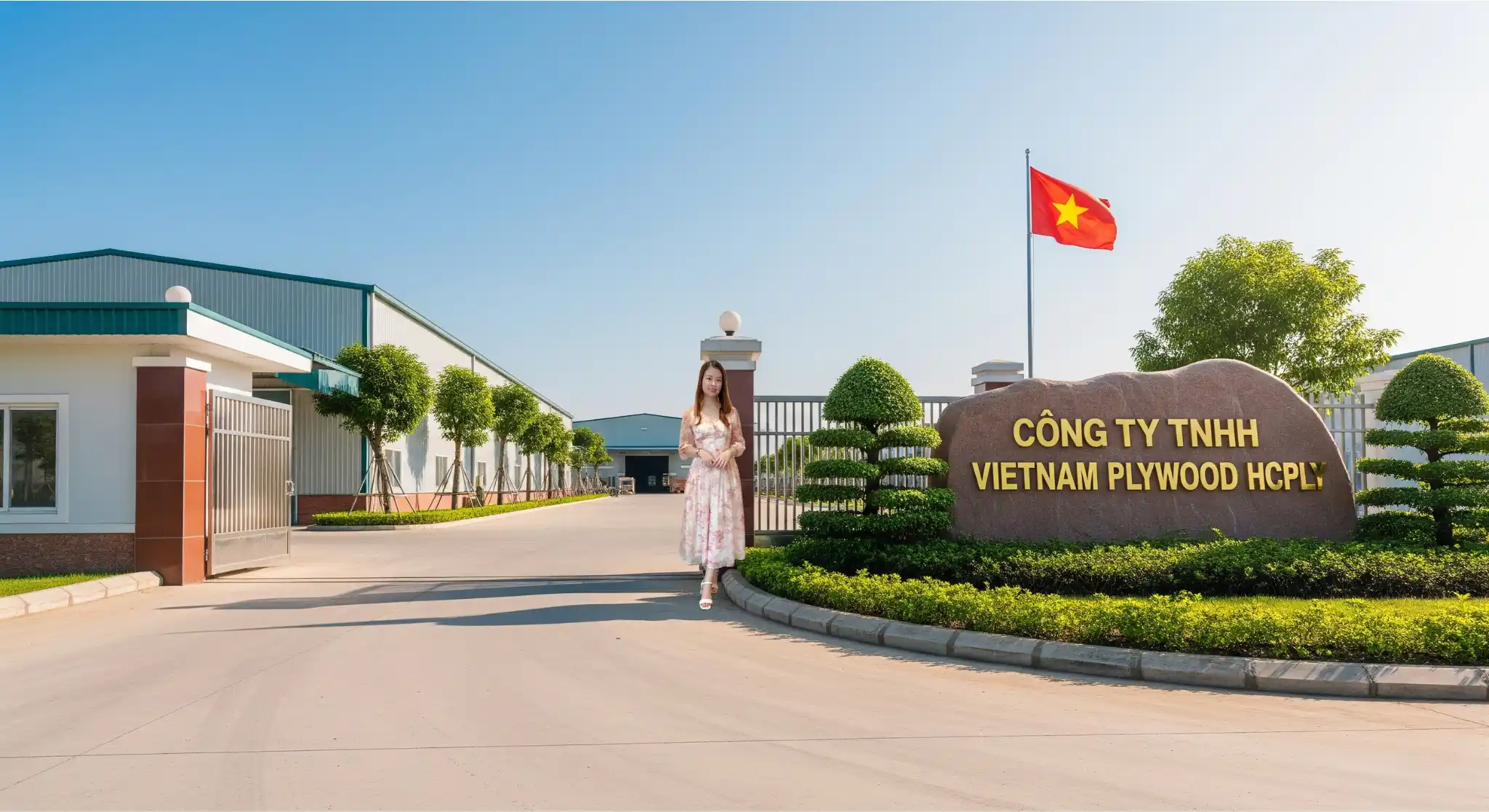
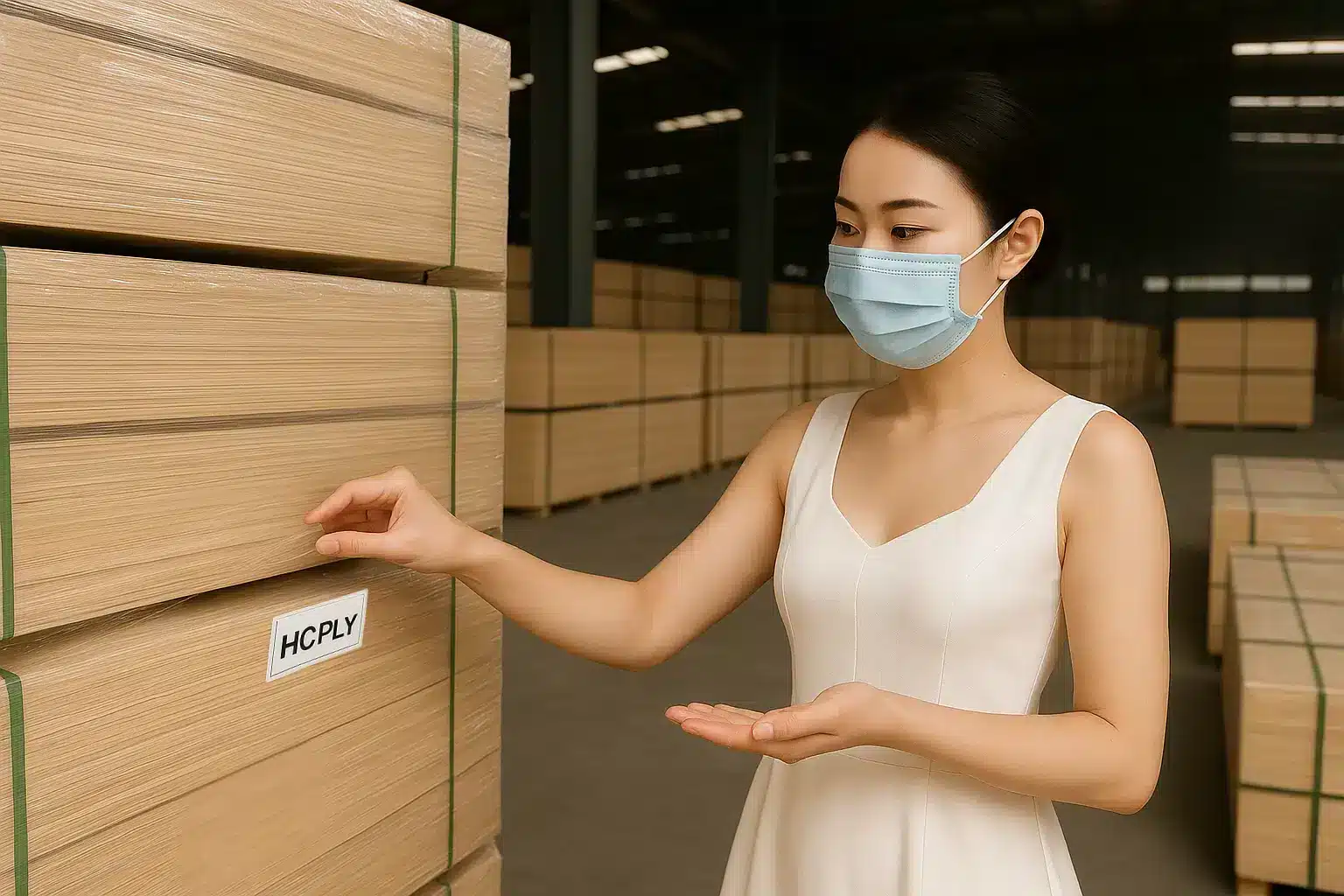
🪵 Melamine vs Phenolic Glue – Which Is Best for Vietnam Plywood Furniture?
Hello again, Lucy from HCPLY here!
When producing or sourcing Vietnam plywood, one of the most critical factors for long-term performance is the type of glue used. In the plywood industry, Melamine glue Vietnam plywood and Phenolic glue Vietnam plywood are two of the most popular adhesive systems. This in-depth guide will compare their properties, costs, and applications so you can make the best choice for your export or manufacturing needs.
1️⃣ Understanding Melamine Glue in Vietnam Plywood
Melamine glue is a modified urea-formaldehyde resin that incorporates melamine powder to enhance moisture resistance and bonding strength. It is a step up from traditional MR glue and is widely used in high-quality indoor furniture manufacturing.
Main features of Melamine glue Vietnam plywood:
- Improved moisture resistance – stronger than standard MR but not fully waterproof.
- Smooth, light-colored glue lines that improve furniture aesthetics.
- Lower cost than phenolic glue, making it attractive for price-sensitive markets.
- Shorter press times in manufacturing, improving production efficiency.
Best applications:
- Indoor furniture (bedroom sets, tables, chairs).
- Kitchen cabinets with moderate humidity exposure.
- Hotel, office, and retail interiors where appearance matters.
2️⃣ Understanding Phenolic Glue in Vietnam Plywood
Phenolic glue is the gold standard for WBP (Water Boiled Proof) plywood, designed for maximum waterproofing and durability. It uses phenol-formaldehyde resin, which creates a strong, chemical-resistant bond.
Main features of Phenolic glue Vietnam plywood:
- Fully waterproof – passes 72-hour boiling water tests without delamination.
- Dark glue lines (brown to black) indicating high-density resin bonding.
- Outstanding durability in harsh, humid, or outdoor conditions.
- Resistance to fungi, bacteria, and chemical exposure.
Best applications:
- Marine-grade plywood for boats, docks, and shipbuilding.
- Outdoor furniture and exterior paneling.
- Heavy-duty construction formwork in tropical climates.
- Industrial and high-moisture environments.
3️⃣ Detailed Melamine vs Phenolic Glue Comparison
| Feature | Melamine Glue Vietnam Plywood | Phenolic Glue Vietnam Plywood |
|---|---|---|
| Water Resistance | Moderate to high – moisture resistant | Excellent – 100% waterproof |
| Durability | Good for indoor and semi-humid climates | Exceptional in extreme, wet conditions |
| Glue Line Color | Light to medium | Dark brown/black |
| Cost | Lower – more budget-friendly | Higher – premium adhesive |
| Bond Strength | Strong for indoor use | Very strong for outdoor & marine use |
| Preferred Markets | Europe, Middle East for interiors | India, Australia, tropical & coastal areas |
| Environmental Rating | Moderate | High – longer lifespan reduces waste |
4️⃣ Market Trends & Buyer Preferences
- India: Phenolic glue plywood dominates for monsoon-proof construction and long-term durability.
- Middle East: Melamine glue plywood is widely chosen for cost-efficient indoor projects.
- Europe: Buyers select based on project type — melamine glue for stylish interiors, phenolic glue for weatherproof exteriors.
- Australia & New Zealand: Strict compliance with phenolic WBP standards for marine-grade plywood.
5️⃣ Cost & Performance Considerations
- Melamine glue Vietnam plywood offers a strong balance of moisture resistance, good aesthetics, and lower cost, making it ideal for furniture exports to dry or moderately humid climates.
- Phenolic glue Vietnam plywood commands a higher price but provides unmatched longevity, making it the clear choice for outdoor, marine, or high-moisture conditions.
- Large buyers often mix both types in one shipment — melamine glue panels for interior spaces and phenolic glue panels for demanding outdoor applications.
6️⃣ FAQs – Choosing Between Melamine and Phenolic Glue
Q1: Is melamine glue completely waterproof?
No — it is moisture-resistant, but not fully waterproof like phenolic glue.
Q2: Can phenolic glue plywood be used indoors?
Yes — it is fully suitable indoors, but may not be cost-efficient unless durability is critical.
Q3: Which glue type is better for export to Europe?
Melamine glue plywood for indoor furniture; phenolic glue plywood for exterior or marine use.
Q4: How do I verify the glue type in Vietnam plywood?
Conduct a boiling water test — phenolic glue plywood will remain intact, while melamine glue may show slight swelling after prolonged boiling.
Q5: Which is better for climates with high humidity but no direct water contact?
Melamine glue plywood is often the cost-effective choice while providing adequate resistance.
“At HCPLY, we help global buyers choose the perfect glue type for their market. Whether you need Melamine glue Vietnam plywood for cost-effective interiors or Phenolic glue Vietnam plywood for extreme weather durability, our expertise ensures you get the best balance of quality and price.”
